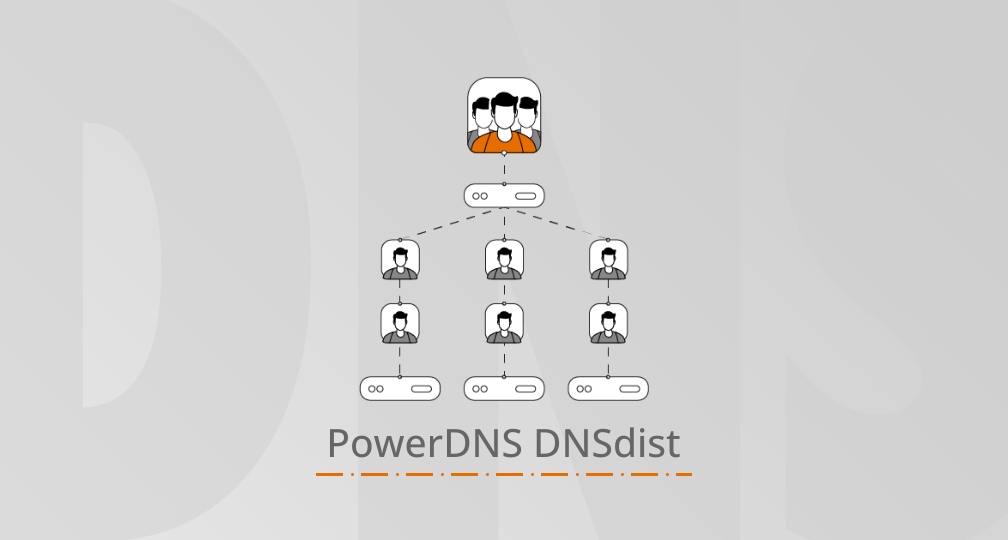
After years of speculation around the impending arrival of 5G, it has now well and truly arrived. In May this year, EE became the first wireless carrier to switch on the service, which is currently available in a number of cities throughout the UK; and already in London, download speeds of up to 460Mbps are being reported, albeit with “patchy and inconsistent” network coverage, writes Neil Cook, VP Security Products at Open-Xchange.
With these new superfast download speeds, it’s easy to see why network providers are crediting the arrival of 5G with a new and improved internet experience for everyone. But it’s important to remember that 5G isn’t just about faster web-browsing, improved media streaming or better communications. The real beauty of this new wireless technology is its ability to support machine-to-machine (M2M) communications, which has huge ramifications for the development of IoT.
At minimum, 5G networks will be able to support one million devices for each square kilometre with ultra low-latency, high-bandwidth internet access. We are rapidly moving closer to a world where automated vehicles can be in constant communication with one another, and internal heart monitors have a 24/7 connection to the Internet.
Yet, already we’ve seen hackers use IoT for DDoS botnets, while last year a casino’s database was hacked via a smart fish tank thermometer. Without the correct cybersecurity measures in place – and with the IoT world set to explode – every smart device represents a potential opening for cybercriminals to launch an attack
The Rise of IoT Security Risks
Last month, Samsung posted a tweet that recommended customers perform regular manual anti-virus checks on their smart TVs. Understandably, it went down like a lead balloon. Given that most people are hard-pressed to run virus scans on their laptops and smartphones, it’s unlikely that consumers will ever perform manual checks on their TVs, let alone once every few weeks.
The tweet, which was promptly deleted amid backlash from customers and cybersecurity experts alike, only served to highlight the parlous state of IoT security. Placing the burden on users and expecting them to stay up-to-date with the latest anti-virus updates is simply an ineffective cybersecurity strategy; particularly as we continue to accumulate more and more devices.
Currently, the average UK household contains an average of five smart devices, which tend to be connected to the Internet via the smart homes WiFi service – but imagine how this is set to change with round-the-clock 5G connectivity.
The “phonebook” of the Internet
Many people wonder why manufacturers can’t simply build protection into each IoT device as a standard, but there are a number of reasons why this isn’t practical. Firstly, this would increase the cost of producing each device significantly; and secondly, there often isn’t enough CPU or RAM available to support on-device malware protection – especially if this involves downloading and installing regular updates (as it should).
A much more thorough approach for network-providers – not to mention a much more convenient approach for users – is to provide all devices connected to a given network with a blanket of protection. This is made possible via the Domain Name System (DNS), which you can think of as the “phonebook” of the Internet.
Almost all network connections require an initial DNS lookup, which converts web addresses (e.g. www.cbronline.com) into computer-friendly IP addresses, e.g. “192.168.1.1”. And by applying a level of DNS-based security at the root of the network, owners/operators of IoT devices can detect anomalous traffic and connections to known malware command and control servers, thus alerting to potentially infected devices. Crucially, this works for both fixed-line services like broadband, as well as mobile services like 5G.
IoT Security Nn a 5G Network
By 2022, it is expected that there will be 18 billion IoT devices worldwide, with 70% of these utilising cellular technology. Network-based security is simply the only solution that can possibly contain the increasing threat of malware infection for IoT.
With DNS-based network security, an administrator can monitor the network and receive protection alerts directly to their smartphone – it completely removes the need for users to run manual anti-virus checks on their smart devices. Similarly, security updates are applied across the whole network, expediting the process of protecting multiple devices and providing cover for devices with minimal computational power.
For users, it is the simplest way to stay on top of security threats in the smart home and – with 5G – on-the-go. For communication service providers, it is the perfect opportunity to confront safety and security online, while unlocking new revenue streams for their network pipe.





